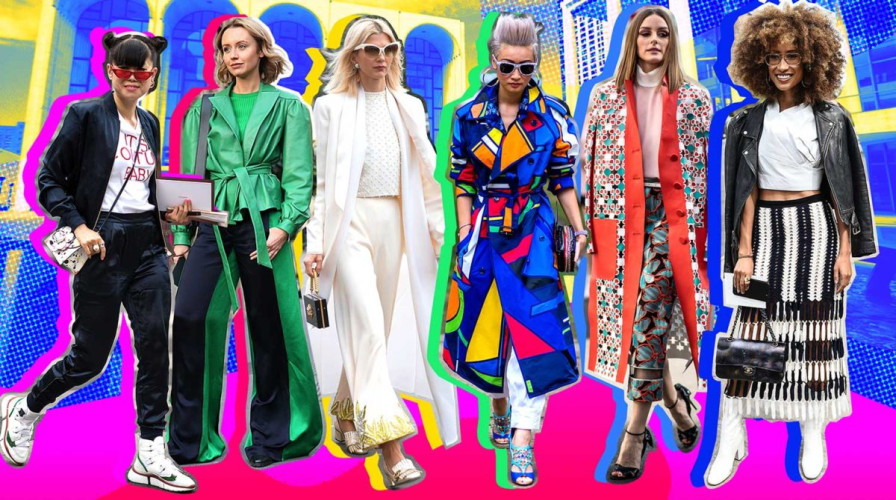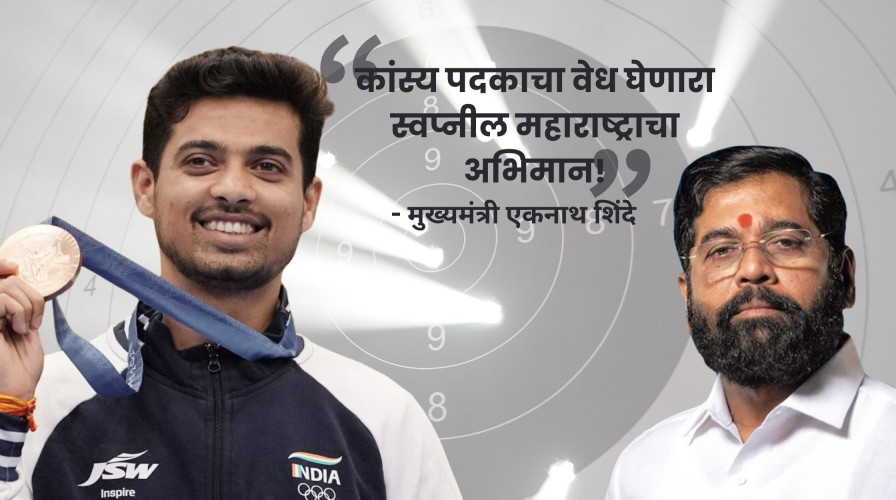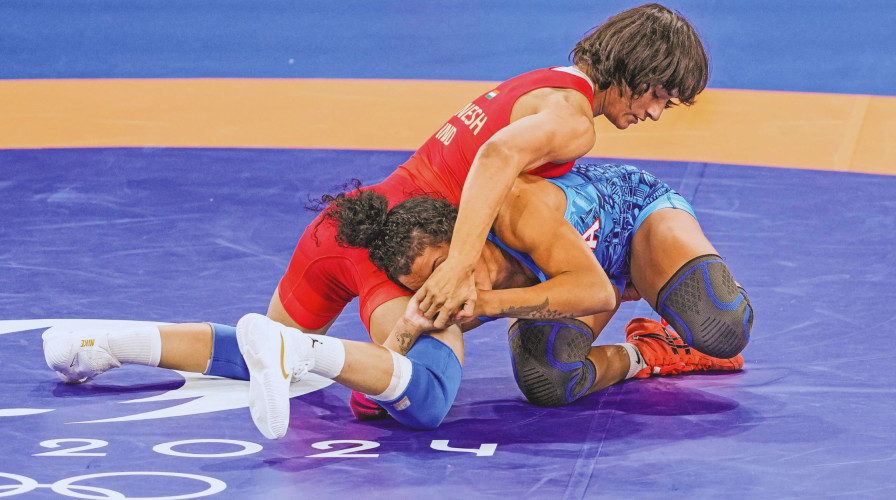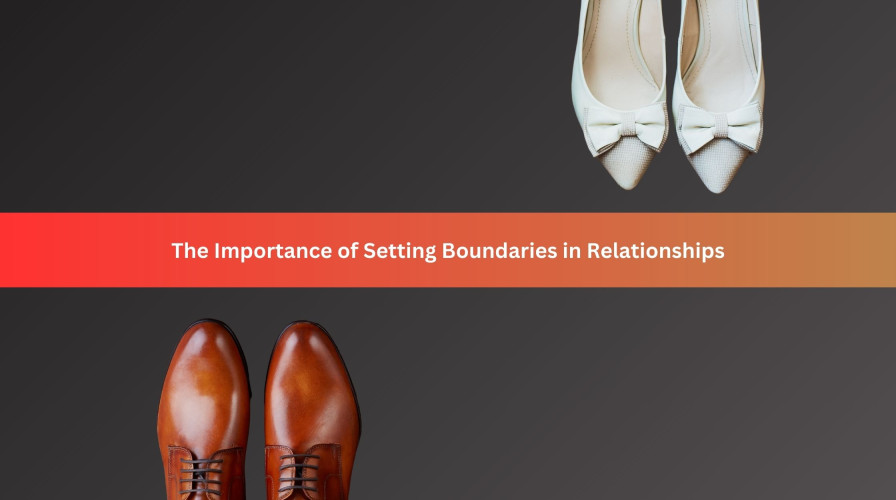Breaking Gender Norms
The fashion industry is challenging traditional gender norms, embracing fluidity and inclusivity. Unisex and gender-neutral fashion lines are gaining popularity, promoting the idea that clothing transcends gender. This shift reflects a society that values individuality and inclusivity. Designers are creating collections that cater to all genders, breaking down the binary distinctions that have traditionally defined fashion.
How Fashion Rules the World: Evolution, Innovation, and Personal Expression in the 21st Century

Fashion has transcended traditional boundaries, celebrating diversity and promoting inclusivity. Designers now acknowledge the beauty in every shape, size, and colour, creating collections that resonate globally. This shift has redefined the industry, making fashion a powerful platform for social change. Brands are increasingly featuring models of different ethnicities, ages, and body types, reflecting the real-world diversity of their audience.
The rise of movements such as body positivity and gender inclusivity has pushed the fashion industry to be more inclusive. Designers and brands are moving away from the narrow beauty standards of the past and are now embracing a broader spectrum of beauty. This change is not just limited to clothing but extends to makeup and accessories, ensuring that everyone feels represented and celebrated.
Sustainable Fashion: A Paradigm Shift
One of the most significant shifts in recent years is the growing emphasis on sustainability. Fashion is no longer just about aesthetics; it is about making ethical choices. From eco-friendly fabrics to ethical manufacturing practices, the industry is moving towards a more sustainable future, prioritising the planet and its people. Consumers are becoming more aware of the environmental impact of their purchases, leading to a rise in demand for sustainable fashion.
Brands are now focusing on reducing waste, using recycled materials, and ensuring fair labour practices. The concept of ‘slow fashion’ is gaining traction, encouraging consumers to buy less but choose better quality and long-lasting items. This shift towards sustainability is not just a trend but a necessary evolution for the industry, aiming to reduce its carbon footprint and promote a more responsible way of consuming fashion.
Social Media’s Influence on Fashion
The rise of social media has democratised fashion in unprecedented ways. Enthusiasts worldwide are now active participants, influencing and being influenced by the latest trends. Platforms like Instagram, Pinterest, and TikTok have become virtual runways, allowing individuals to showcase unique styles and inspire others. Fashion influencers and bloggers have gained immense power, often setting trends and guiding their followers’ fashion choices.
Social media has also enabled brands to connect directly with their consumers, gaining instant feedback and building stronger relationships. This direct interaction has made the fashion industry more transparent and accessible. Brands can now launch new collections, host virtual fashion shows, and engage with their audience in real-time, making fashion more interactive and engaging than ever before.
The Power of Fashion as a Form of Expression
Beyond Clothing: Fashion as IdentityFashion has evolved into a powerful form of self-expression and identity. It allows individuals to convey their beliefs, affiliations, and moods. The clothes people wear tell a story, making a profound statement about who they are and what they stand for. Fashion can signify cultural heritage, personal values, or social status, making it a crucial part of people’s identity.
In contemporary society, people use fashion to express their individuality and creativity. Streetwear, haute couture, and everything in between offer endless possibilities for personal expression. The rise of customisation and DIY fashion further empowers individuals to create unique pieces that reflect their personality and style.
Celebrities and influencers are also playing a significant role in breaking gender norms. Icons like Harry Styles, Billy Porter, and Jaden Smith are known for their gender-fluid fashion choices, inspiring millions to embrace a more inclusive and open-minded approach to clothing. This cultural shift is not only changing how we view fashion but also how we understand gender and identity.










